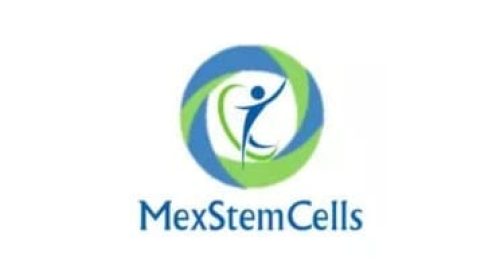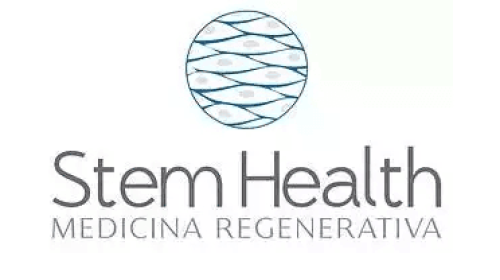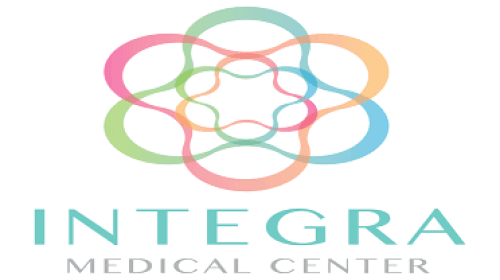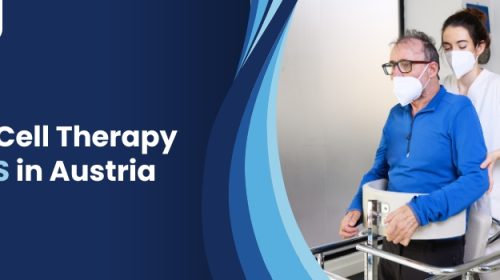Restoring Balance with Stem Cells Treatment for ALS
Amyotrophic lateral sclerosis (ALS), also known as Lou Gehrig’s disease, is a progressive neurodegenerative disorder that primarily affects the nerve cells responsible for controlling voluntary muscle movement. It belongs to a group of disorders known as motor neuron diseases (MNDs).
- Causes: The exact cause of ALS is unknown in most cases, but a combination of genetic and environmental factors is believed to contribute to its development. Around 5-10% of ALS cases are familial, meaning they are inherited from affected family members, while the majority (90-95%) are sporadic, occurring randomly without a clear genetic link.
- Symptoms: The initial symptoms of ALS can vary from person to person. Common early signs include muscle weakness, muscle cramps, twitching (fasciculations), and difficulty with fine motor skills such as gripping objects or buttoning clothes. As the disease progresses, individuals may experience muscle wasting, loss of coordination, difficulty speaking and swallowing, and eventually respiratory impairment.
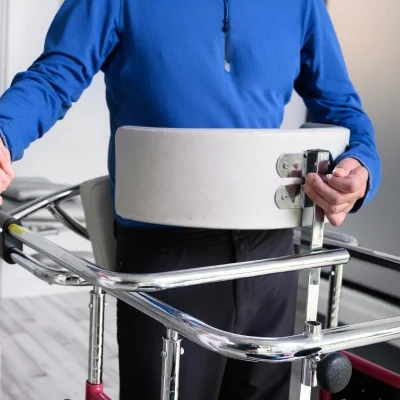
Benefits of Stem Cell Treatment for ALS
Stem cell treatment for ALS holds several potential benefits that researchers are exploring. While it is still an area of ongoing research and clinical trials, here are some of the potential benefits of stem cell therapy for ALS:
- Replacement of damaged cells: Stem cells have the unique ability to develop into different types of cells. In the case of ALS, stem cells can potentially differentiate into motor neurons, the cells primarily affected by the disease. By replacing damaged motor neurons, stem cell therapy aims to restore lost function and improve muscle control.
- Neuroprotection: Stem cells may provide a neuroprotective effect by releasing certain factors that support the survival of existing motor neurons. This can help slow down the progression of the disease and preserve motor function for a longer period.
- Tissue repair and regeneration: Stem cells have the potential to promote tissue repair and regeneration. They can secrete various growth factors and cytokines that stimulate the surrounding cells and tissues to initiate repair processes. This may help in repairing the damaged motor neuron networks and improving the overall health of the affected area.
- Anti-inflammatory effects: Inflammation plays a role in ALS progression, and stem cells, particularly mesenchymal stem cells (MSCs), possess immunomodulatory properties. They can regulate the immune response and reduce inflammation in the affected areas, which may contribute to the preservation of motor neurons and the surrounding tissue.
- Enhanced motor neuron survival: Stem cells can secrete factors that promote the survival of motor neurons and protect them from further damage. This could potentially extend the lifespan of the existing motor neurons and slow down the degenerative process.
Procedure of Stem Cell Therapy for ALS
Patient Evaluation
The journey begins with a thorough evaluation and selection process. The patient’s unique medical history is carefully reviewed, accompanied by a comprehensive physical examination and diagnostic tests to confirm the ALS diagnosis and assess the overall health condition. This crucial step ensures that the right candidates are chosen for stem cell therapy.
Stem Cell Source Selection
The second stage involves the selection of the optimal stem cell source. Various options, including embryonic stem cells, induced pluripotent stem cells (iPSCs), or mesenchymal stem cells (MSCs) derived from sources like bone marrow or adipose tissue, are considered.
Stem Cell Acquisition
The selected stem cells are acquired from the chosen source. In the case of MSCs, a minimally invasive procedure, such as a bone marrow aspiration or adipose tissue extraction, is performed to obtain these versatile cells. The utmost care is taken during this process to ensure the stem cells’ quality and integrity.
Stem Cell Preparation
The acquired stem cells undergo meticulous preparation and potential modifications to optimize their therapeutic capabilities. Purification and concentration steps may be employed to refine the stem cell population. Additionally, in some instances, the stem cells may undergo laboratory modifications to enhance their therapeutic potential.
Stem Cell Administration
The prepared stem cells are then skillfully administered to the patient using the chosen delivery method. Depending on the treatment protocol, this can involve precise injections directly into affected areas of the spinal cord or brain, intravenous infusion into the bloodstream, or other targeted delivery techniques.
Follow-up Care
Following stem cell administration, a vigilant follow-up and monitoring process ensues. The patient’s well-being is closely monitored for any potential side effects or complications. Regular visits and assessments are conducted to evaluate the patient’s response to the therapy and track the progression of ALS
Best Stem Cell Centers for ALS in the World
America, Guadalajara, Mexico
America, Guadalajara, Mexico
Mexico, America, Nuevo Progresso
Regenerative Medicine Packages for ALS Worldwide
Stem Cell Therapy for ALS Success Stories
Don’t let ALS dictate your life. Embrace the opportunity for hope, healing, and an improved quality of life. Contact PlacidWay today to connect with our experienced patient coordinators who will guide you through the process, answer your questions, and help you secure the best stem cell treatment options for ALS.
Frequently Asked Questions
What are the first warning signs of ALS?
The early symptoms of ALS can be subtle and vary from person to person. They may also resemble symptoms of other conditions, which can make it challenging to diagnose ALS in the early stages. However, some common early warning signs of ALS include:
- Muscle weakness
- Muscle twitching
- Cramping and muscle stiffness
- Changes in coordination and balance
- Slurred speech and difficulty swallowing
- Muscle atrophy
What are the 4 stages of ALS?
The four stages of ALS are:
Stage 1: Early Stage
Symptoms are usually mild and may involve muscle weakness or twitching in a specific area of the body. The individual is typically still able to perform daily activities independently.
Stage 2: Moderate Stage
- Symptoms begin to spread to other muscle groups, and muscle weakness becomes more noticeable.
- Mobility may be affected, and the individual may experience difficulties with tasks such as climbing stairs or getting up from a seated position.
- Despite these challenges, the person can still perform many activities of daily living with assistance.
Stage 3: Advanced Stage
- Symptoms become significantly more severe, with increased muscle weakness and loss of mobility.
- The individual may require assistive devices, such as wheelchairs or walkers, to move and perform tasks.
- Speech and swallowing difficulties may worsen, requiring interventions such as speech therapy and modified diets.
- Breathing may be affected, and respiratory support may be necessary, such as non-invasive ventilation or a tracheostomy.
Stage 4: End Stage
- This is the most advanced stage of ALS, characterized by severe muscle weakness and paralysis.
- The individual is often fully dependent on assistive devices and caregivers for mobility, daily activities, and personal care.
- Communication may be limited, and alternative methods such as eye-tracking devices or assistive technology may be used.
- Breathing difficulties become more pronounced, and continuous respiratory support is typically required.
Are there any experimental treatments or therapies for ALS?
Yes, there are ongoing research efforts exploring potential treatments and therapies for ALS. This includes investigational drugs, stem cell therapies, gene therapies, and other experimental approaches. Participation in clinical trials may be an option for eligible individuals.
what is the success rate of stem cell therapy for ALS?
The success rate of stem cell therapy for ALS is still being researched, and it is considered an experimental treatment. While some studies have shown promising results in terms of safety and potential benefits, more research is needed to determine its effectiveness and long-term outcomes.
Can stem cell therapy for ALS cure the disease?
Currently, there is no known cure for ALS, and stem cell therapy is not guaranteed to cure the disease. The goal of stem cell therapy is to potentially slow down the progression of the disease, alleviate symptoms, and improve the quality of life for individuals with ALS.
Request Free Quote




